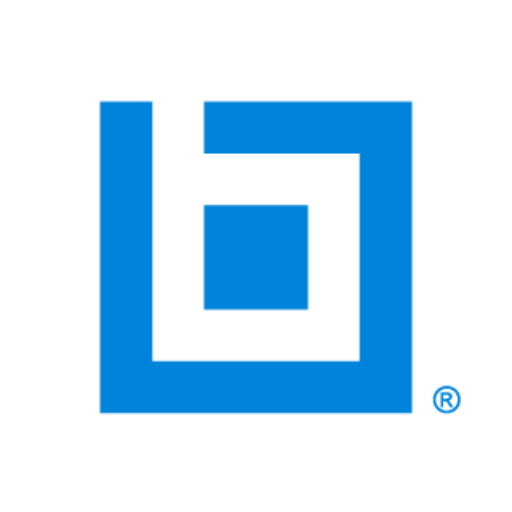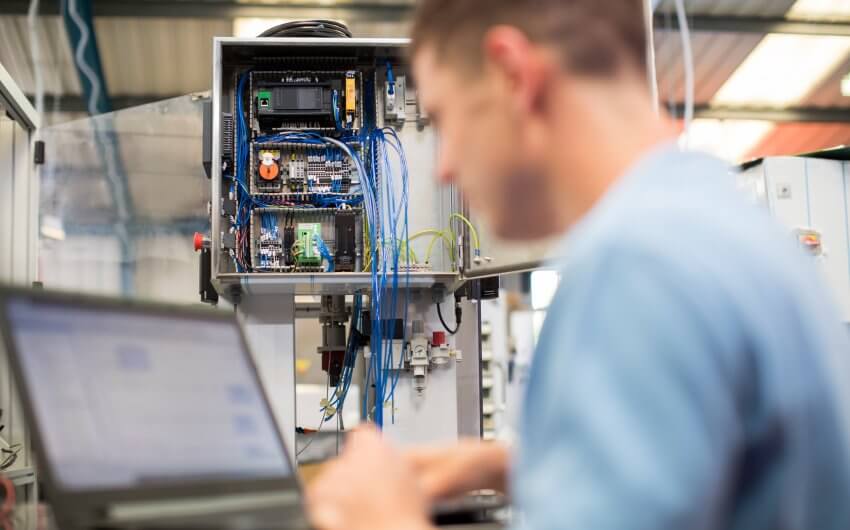An Introduction to Human Factors Engineering and How You Can Teach It Using the Engineering Design Process
What is human factors engineering
Human factors engineering (HFE) is a discipline that centers the engineering process around the end-user: people.
In other words, when engineers use human factors engineering to develop products or structures they’re considering humans’ capabilities, limitations, characteristics, wants, needs, and concerns all along the way.
In an interview with the American Society of Mechanical Engineers (ASME), Onan Demirel, assistant professor at the School of Mechanical, Industrial, and Manufacturing Engineering at Oregon State University, outlined a few ways incorporating human factors engineering makes good business sense:
- Improves product performance
- Improves user experience
- Fewer product returns
- Reduces costs
- Safer products
- Reduces risk and liability
- Stronger brand value and recognition
Considering humans’ needs when you’re designing for humans is just the smart thing to do.

As a society, our “challenges are dynamic, fast-evolving, and cross-disciplinary — it is almost impossible to think [engineers] who lack HFE theory and practice can provide solutions to such human-centric problems,” explains Demirel.
This reasoning is exactly why human factors engineering should be integrated into engineering curricula at every level — from K-12 to postsecondary education.
If it takes practice, as professor Demirel suggests, and is imperative to solving real-world, human-centric problems, then teachers can play a huge role in making sure students have career-ready skills in engineering.
As a bonus, introducing human factors engineering to students is a great way to encourage them to practice key soft skills like empathy and critical thinking while they continue to hone their technical skills.
How can you integrate human factors engineering into your classroom?
Integrating human factors engineering into product development can get complex. For students who want to dive deep into the intersection of engineering and psychology, they can earn a human factors engineering bachelor’s degree or graduate degree in it.
But for the purpose of introducing the concept to students who aren’t specializing in it, let’s begin by integrating human factors engineering into the engineering design process.
SolidProfessor encourages teachers to use a very thorough 11-step engineering design process. It helps break down big ideas into smaller pieces that are easier to conceptualize. Plus, it gets students thinking about the entire engineering process — from the initial idea to manufacturing and delivery.
11 steps in the engineering design process:
- Idea
- Research
- Planning
- Prototyping
- Engineering
- Design
- Branding
- Manufacturing
- Production
- Trials
- Delivery
KEEP READING: Think Like An Engineer: An Activity for Teaching the Engineering Design Process
So how do the two work together? The engineering design process will still play an important role. Think of it like this: Human factors engineering should be applied alongside the engineering design process.
The activity below will walk you through how do try this with your students.

How to Integrate Human Factors Engineering into the Engineering Design Process
Step 1: Idea
In the Idea stage of the engineering design process, students should ask themselves “How am I going to solve a particular problem?”
Human factors engineering: Encourage your students to observe the world around them. Discover the problems people are having.
Step 2: Research
In the Research stage of the engineering design process, students should ask themselves “What is the market for the product I want to create?”
Human factors engineering: Ask your students to interview one to three people about the issue they observed. What types of challenges do they have? What could make it better? Have your students come prepared with questions. (Skip to Step 11 to make sure your students are asking a question about delivery as well.)
Step 3: Planning
In the Planning stage of the engineering design process, students should ask themselves “How am I going to make my product better than the competition?”
Human factors engineering: While brainstorming, remind your students to continue to go back to their research so they’re always keeping a human-centered approach in mind.
Step 4: Design
In the Design stage of the engineering design process, students should ask themselves “What will my product look like and what features will it need?”
Human factors engineering: While designing, students should never lose sight of who they’re designing their product or structure for. Is there design going to meet the abilities, limitations, wants, and needs of the end-user?
Step 5: Engineering
In the Engineering stage of the engineering design process, students should ask themselves “Is my product design manufacturable?”
Human factors engineering: Steps four and five go together. It’s another great checkpoint to make sure the product that’s going to be manufactured, 3D printed, or put together with supplies around their home or at school will solve the problem they set out to fix for people.
Step 6: Prototyping
In the Prototyping stage of the engineering design process, students should ask themselves “Can I create a prototype, or test model, of my product?”
Human factors engineering: Once students have some type of physical model, if possible, now is their opportunity to get feedback from the people they interviewed in step two. If there’s time, they can take that feedback and apply it.

OPTIONAL STEPS: Steps 7-11 are optional. You can either skip the following steps or have your students write out what they would do as an exercise.
Step 7: Branding
In the Branding stage of the engineering design process, students should ask themselves “How will I make my product stand out in the industry?”
Human factors engineering: Encourage your students to research their market audience. Have them imagine what type of branding their end-users will respond best to.
Step 8: Manufacturing
In the Manufacturing stage of the engineering design process, students should ask themselves “Can my product be manufactured in a cost-efficient way?”
Human factors engineering: Have your students to determine what price point the end-user would be comfortable paying. Low price points aren’t always best if it means the quality or sustainability has to suffer.
Step 9: Production
In the Production stage of the engineering design process, students should ask themselves “Does my product meet quality standards when mass produced?”
Human factors engineering: Challenge your students to consider why quality standards might matter to the end user.
Step 10: Trials
In the Trials stage of the engineering design process, students should ask themselves “Does my product comply with the regulator requirements for its industry?”
Human factors engineering: Ask your students to take into account why meeting regulatory and quality standards would matter to the end-user.
Step 11: Delivery
In the Delivery stage of the engineering design process, students should ask themselves “How will I get my product in the hands of customers?”
Human factors engineering: During the interview in Step 2, students can also ask questions about how their end-user would like to find the product (e.g., at a store, online).
























